When Sandy Green, the owner of Green Refectory, a popular cafe in Melbourne’s inner north, advertised a job before the Covid pandemic, she could expect a flood of applicants.
Nowadays, as economies roar out of lockdown, the tables appear to have turned.
“We’ll put up an ad on our website or in our window, and where we might have had 60 applicants, we’ll have one or two applicants,” Green says. “It’s a drastic change.”
Similar tales are also playing out in Sydney, a city that had a headstart of a few weeks on the Victorian capital in easing restrictions.
“We need four people – two on the floor and two in the kitchen,” said Alex Gomez, an assistant manager at the Canopy, a “rustic chic” restaurant beside Hyde Park in Sydney’s CBD. “It’s hard and complicated to find people.”
A couple of blocks away, Japanese restaurant Inase has just reopened for dinner after renovations timed fortuitously for the lockdown. Staff would love to open a lunch shift but just can’t find the eight waiters and chefs they need.
Similar tales are likely to constrain the hospitality industry for months, if not longer. One reason is the industry relied heavily on students – particularly international ones in the main cities – and other short-term visitors.
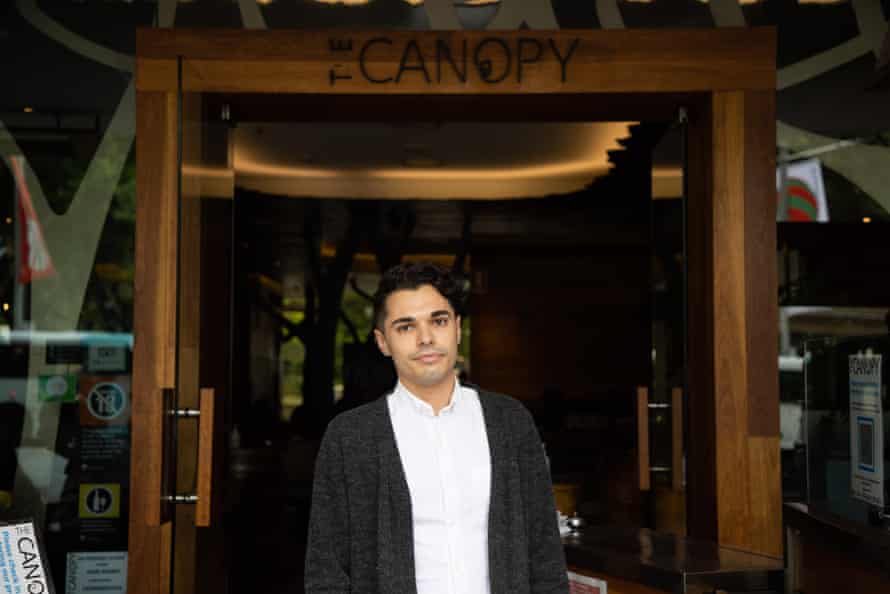
The surge in labour demand extends across many sectors and regions, and had Reserve Bank governor Philip Lowe this week predicting the jobless rate looks to be headed to 4% by 2023 from 5.2% last month.
That rate would be the lowest since the early 1970s, and a level the central bank has “little historical experience” of dealing with in terms of accompanying inflationary pressures if wages spike too.
How the scramble for staff plays out has implications for interest rates, particularly for mortgage holders who have taken on extra debt during the past year’s 25% run-up in Australia’s house prices.
It may also frame the federal election, with the Morrison government this week keen to talk up a “jobs boom”. Labor looks set to challenge that reading, with leader Anthony Albanese saying: “We need more jobs, but we also need more secure jobs.”
Employer groups have demanded borders be reopened and for the migrant intake to be expanded.
On the latter score, consultancy group EY recently estimated that by 2024 Australia’s population was projected to be smaller by about 800,000 because of the dent in migration caused by Covid. Labour shortages loom in a host of industries from software to construction because of the absence of those skilled immigrants.
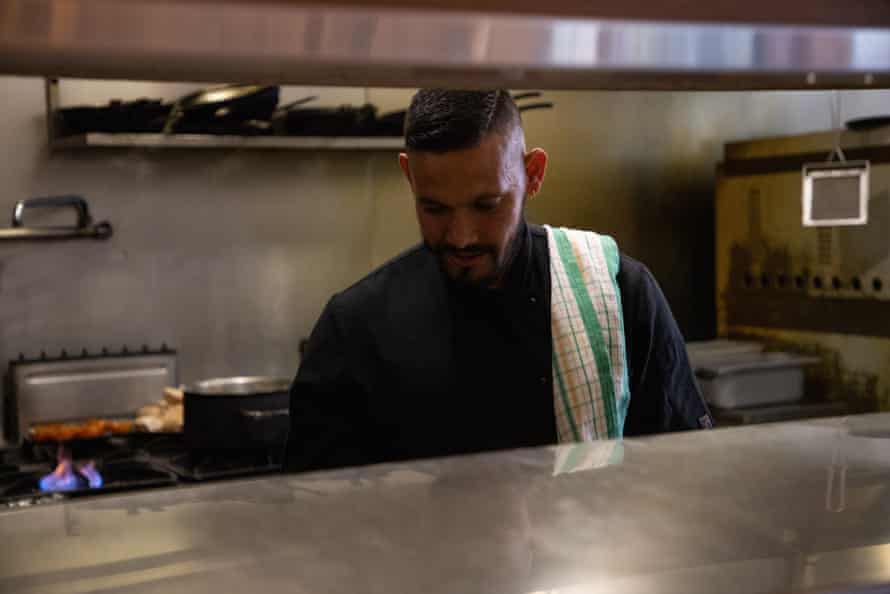
“We are seeing an increasing number of firms reporting the lack of suitable workers,” Jo Masters, EY’s Oceania chief economist, said.
Many economists including Masters had expected the rebound from the extended shutdowns after the Delta strain arrived to be more muted than the first Covid wave. However, a host of data – from firms acting to secure staff before lockdowns lifted to increased credit-card spending on gyms, travel and other services – indicates the second revival may match the first.
“We’ve seen what we saw last time, which is the economy coming back in a really jobs-rich recovery,” Masters said.
Andrew McKellar, chief executive of the Australian Chamber of Commerce and Industry, is among those seeking a return of migration. He estimates Australia needs as many as 200,000 skilled arrivals a year if “we want to realise our economic potential”.
“The internet vacancy index released by the National Skills Commission earlier this week recorded more than 250,000 job vacancies, the highest level in 13 years,” McKellar said.
“With job vacancies figures expected to rise to 280,000 by the end of the year, the tremendous pressure we’re seeing in the labour market is going to hinder businesses from operating at full capacity.”
However, while the mood may be picking up, it’s far from universal. The shop windows in the central business districts of Melbourne and Sydney belie the boom, with many “for lease” signs their only display.
“If you look all around the world, as restrictions ease, you are seeing quite similar patterns, and that is office occupancy gets back to about 75% but stalls around there,” Masters said. While workers wanted “the magic” of in-person collaboration, they have also enjoyed the convenience of working from home and wished to retain some of that.
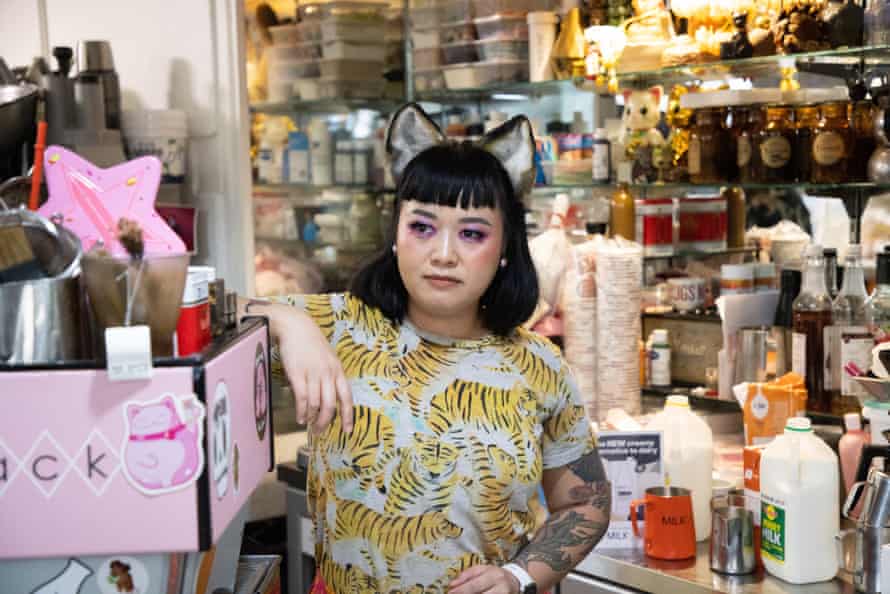
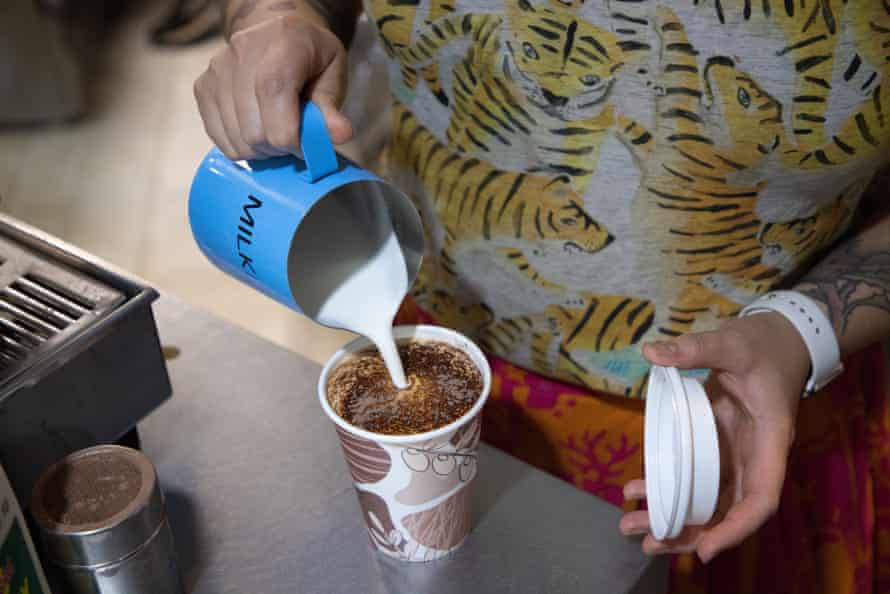
The drop in overall traffic matches what the experience of Elly Bruin, the manager of Patricia, a cafe in Melbourne’s CBD. While customer loyalty has bolstered her turnover, having fewer competitors helps too.
“We’re actually kind of thriving,” she said. “But we have noticed some [new] people coming in saying a lot is closed around here, like new faces that we’ve never seen before. So I think they’re coming here because they know we’re still open.”
For Waan Bransgrove, operator of the KnickKnack Cafe in central Sydney, revenue is barely meeting their $5,000 a month rental bill.
“We just feel helpless,” she said, as she shut up for the day on a recent afternoon. “I’ve never felt so deflated in my life.”
“The CBD worker is a dinosaur,” her husband, David, said, adding they planned to exit their shop by the end of the year. “I’m absolutely confident [business] is never coming back.”
For Brad Chan, chief executive of the Banna Property Group and a leading advocate for Sydney’s Chinatown, there’s little talk of labour shortages as the outlook for many companies is dire.
“You’re either struggling or you’ve lost a lot of money or you’ve lost the lot,” said Chan, a third-generation property owner in an area he described as “the opposite of vibrant”.
The absence of Chinese tourists and students had only served to highlight a long-term neglect of the historic Haymarket region, he said. “Chinatown needs some attention now – or rather, yesterday.”
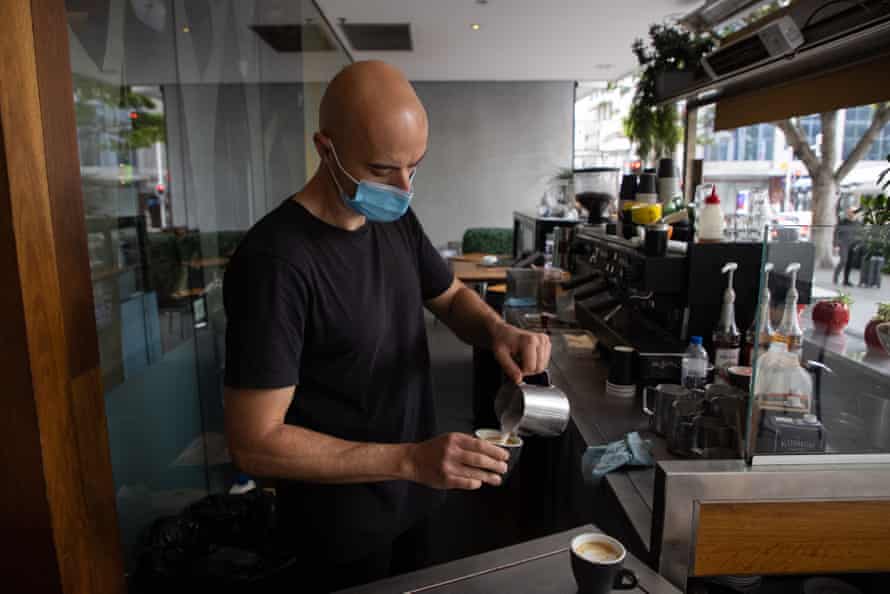
That hospitality outlets can be in fierce competition for staff even as shopping centres are pockmarked by shop closures hints at underlying problems with the industry, according to a common refrain among those Guardian Australia spoke to.
Gomez at the Canopy, for instance, worked in human relations in France before moving to Australia two-and-a-half years ago. Once his English is up to scratch, he would happily return to that profession.
“It’s hard to have a personal life” with the long hours and weekend shifts, he said. “It’s good when you’re a student.”
Kathryn Frances formerly worked in bars in Ascot Vale in Melbourne’s inner north-west, but found it hard to cover her living expenses even before the pandemic.
“From bartenders, supervisors, assistant managers – they need people to fill them all,” Frances said. “But at the same time for the bar staff, they can’t really promise regular and consistent hours, so it’s really difficult for people who are trying to get a full-time wage.
“Like the max I was really able to take home a week was about $500 to $600,” she said of her recent employment in the sector. “There is plenty of bar jobs available but the available hours are actually a joke. You can be hard-pressed to get more than 16 hours when you are hoping to work full-time.”
Richard Denniss, chief economist of the Australia Institute, said the pandemic and its aftermath should prompt the public and policymakers to reconsider whose responsibility it was to train employees and how they should be rewarded.
“You won’t see it in any [economic] textbook, but it’s not a labour shortage,” he said. “It’s a wage shortage.”
Stay connected with us on social media platform for instant update click here to join our Twitter, & Facebook
We are now on Telegram. Click here to join our channel (@TechiUpdate) and stay updated with the latest Technology headlines.
For all the latest Covid-19 News Click Here
